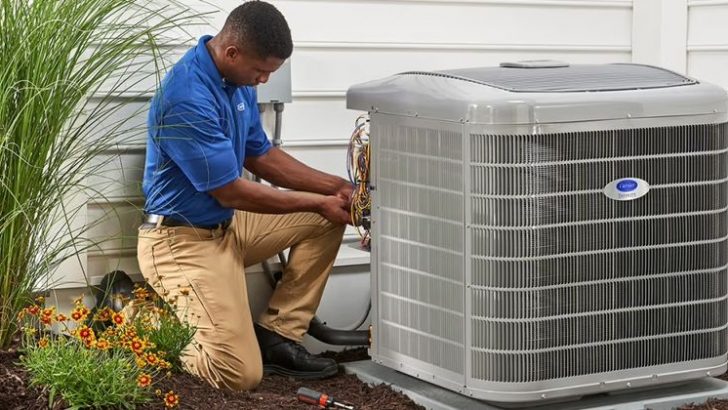Reducing electricity bills is a common goal for many households. However, some everyday habits might be unknowingly increasing your energy consumption. By identifying and changing these habits, you can save money and reduce your environmental impact. Here are 12 common practices that may be driving up your electricity costs.
1. Leaving Electronics on Standby

Electronics on standby may appear to be turned off, but they continue to consume electricity. This scenario is often referred to as ‘phantom load’ or ‘vampire power.’ Many people overlook this subtle yet persistent energy drain. By switching off devices completely or using smart power strips, you can significantly cut down on this unnecessary power consumption.
Consider that even small devices like phone chargers left plugged in can contribute to your electricity bill. By adopting a habit of unplugging electronics or turning off power strips when not in use, you can easily save energy and reduce costs.
2. Overusing Air Conditioning
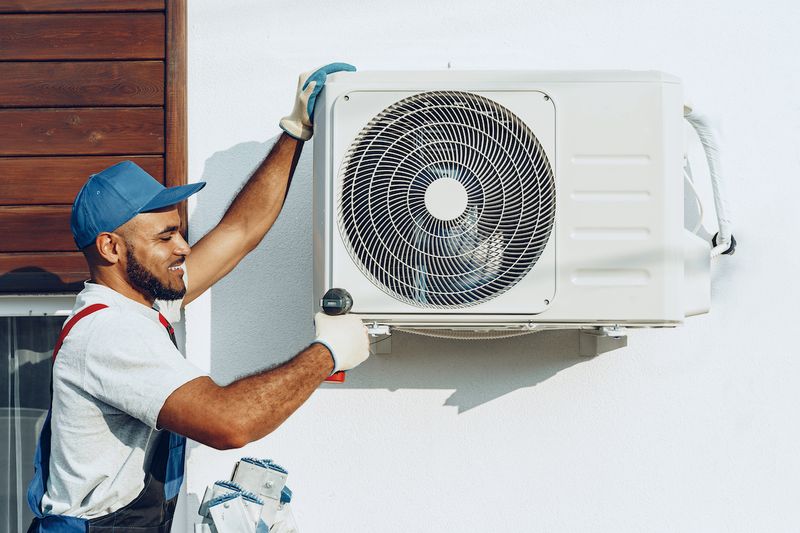
Air conditioning can be a significant contributor to high electricity bills, especially during hot months. Many people set their air conditioners too low or run them with open windows, leading to inefficiencies. Adjusting the thermostat to a moderate setting, like 78°F (25°C), can help reduce energy usage.
Additionally, using ceiling fans or portable fans to circulate air can make a room feel cooler without over-reliance on air conditioning. By being mindful of how often and how intensely AC units are used, you can prevent wasting energy and keep costs under control.
3. Neglecting to Use Natural Light

Natural light is an abundant and free resource that can illuminate your home without turning on the lights. Many households, however, keep curtains drawn or use artificial lighting even during daylight hours.
By opening blinds and arranging furniture to maximize sunlight, you can reduce the need for electric lights. This simple shift not only saves energy but also enhances the ambiance of your living space. Embracing natural light is an easy and effective way to lower your electricity bill while enjoying a more pleasant environment.
4. Running Appliances During Peak Hours
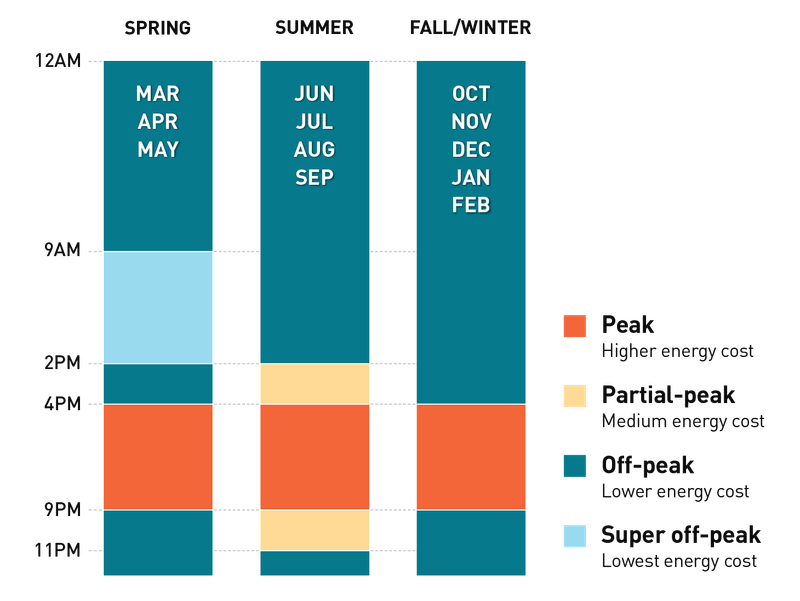
Electricity rates often peak during certain hours of the day, typically in the evening when demand is highest. Running appliances such as dishwashers, washing machines, or dryers during these times can lead to higher bills.
Shifting these tasks to off-peak hours, like early mornings or late evenings, can help lower energy costs. Many utility companies offer incentives or lower rates for off-peak usage, making it a smart financial decision. By being strategic about when you use energy-intensive appliances, you can save money and reduce strain on the power grid.
5. Forgetting to Maintain HVAC Systems
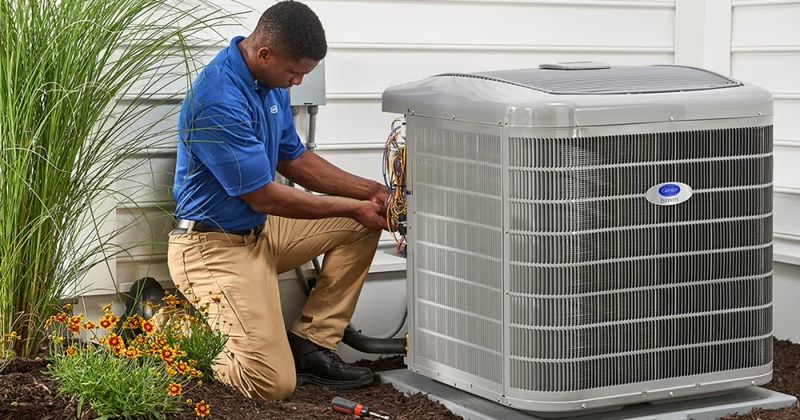
HVAC systems require regular maintenance to function efficiently. Ignoring this can lead to suboptimal performance and higher energy consumption. Changing filters, cleaning ducts, and scheduling regular check-ups are simple ways to ensure your system is running smoothly.
A well-maintained HVAC system not only saves energy but also improves air quality and prolongs the life of the equipment. Investing time in regular upkeep can prevent unexpected breakdowns and preserve energy efficiency, ultimately saving money on your electricity bill.
6. Using Incandescent Bulbs
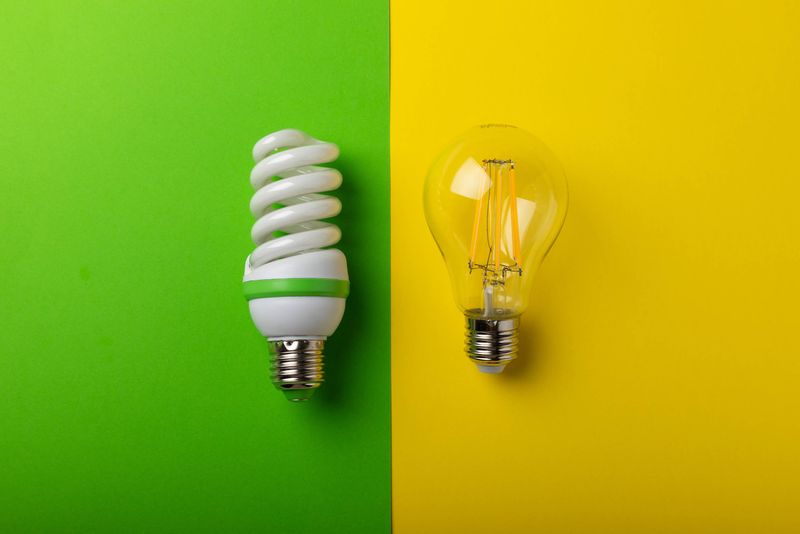
Incandescent light bulbs are known for their warm glow, but they are also notorious energy hogs. They convert only a small portion of energy into light, wasting the rest as heat. Replacing these bulbs with energy-efficient LED or CFL alternatives can drastically reduce electricity usage.
LEDs use up to 80% less energy and last significantly longer, providing both cost savings and environmental benefits. While the initial investment may be higher, the long-term savings make it a smart choice. Transitioning to energy-efficient lighting is a straightforward way to lower your electricity bill.
7. Leaving Devices Plugged In
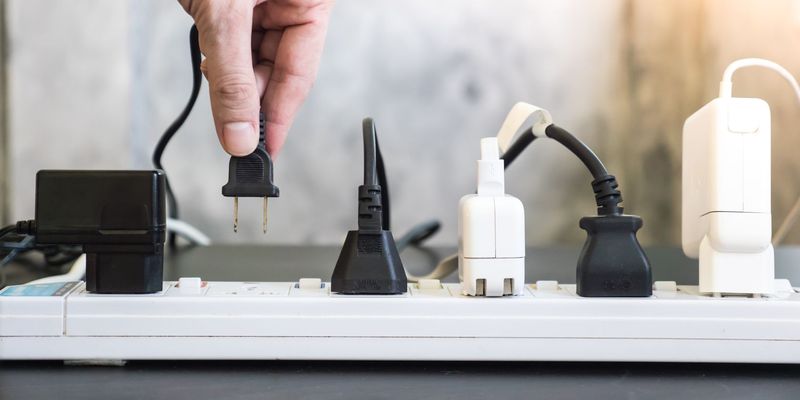
Leaving chargers and electronic devices plugged in when not in use contributes to energy wastage. This habit, often overlooked, can add up over time and increase your electricity bill. By unplugging devices such as phone chargers, laptops, and kitchen appliances when they’re not needed, you can conserve energy.
Utilizing smart power strips can also help manage energy consumption by shutting off power to multiple devices at once. This proactive approach not only saves money but also reduces environmental impact, making it a win-win for your wallet and the planet.
8. Ignoring Window Drafts
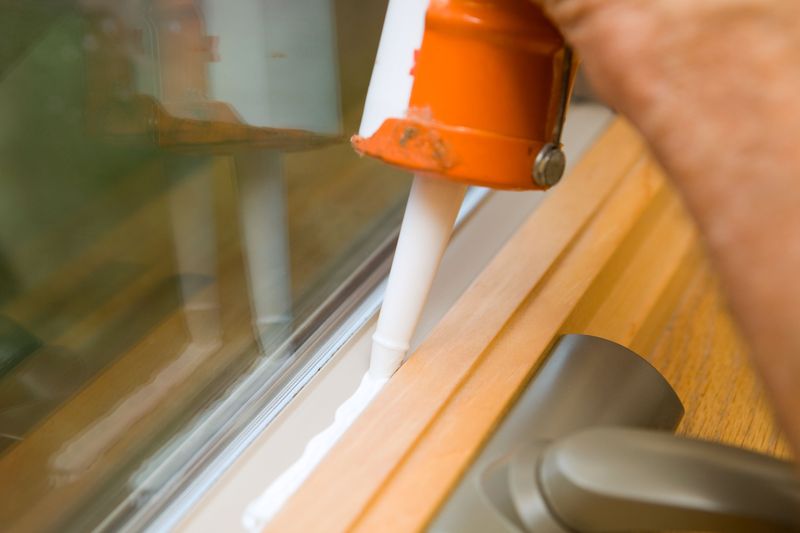
Drafty windows can significantly increase heating and cooling costs by allowing air to escape. Sealing these drafts with weatherstripping or caulking can improve your home’s insulation.
By addressing window drafts, you can maintain a consistent indoor temperature without overworking your HVAC system. This simple fix not only enhances comfort but also reduces energy consumption. Investing in energy-efficient windows or adding storm windows can further minimize heat loss and contribute to lower electricity bills.
9. Operating an Old Refrigerator

Older refrigerators consume significantly more energy compared to modern, energy-efficient models. They may lack the insulation and efficient technology of newer appliances, resulting in higher electricity costs.
Upgrading to an ENERGY STAR-rated refrigerator can lead to substantial savings on your electricity bill. These models are designed to use less energy while providing the same level of performance. Although the upfront cost may be higher, the long-term savings make it a worthwhile investment.
10. Excessive Water Heating
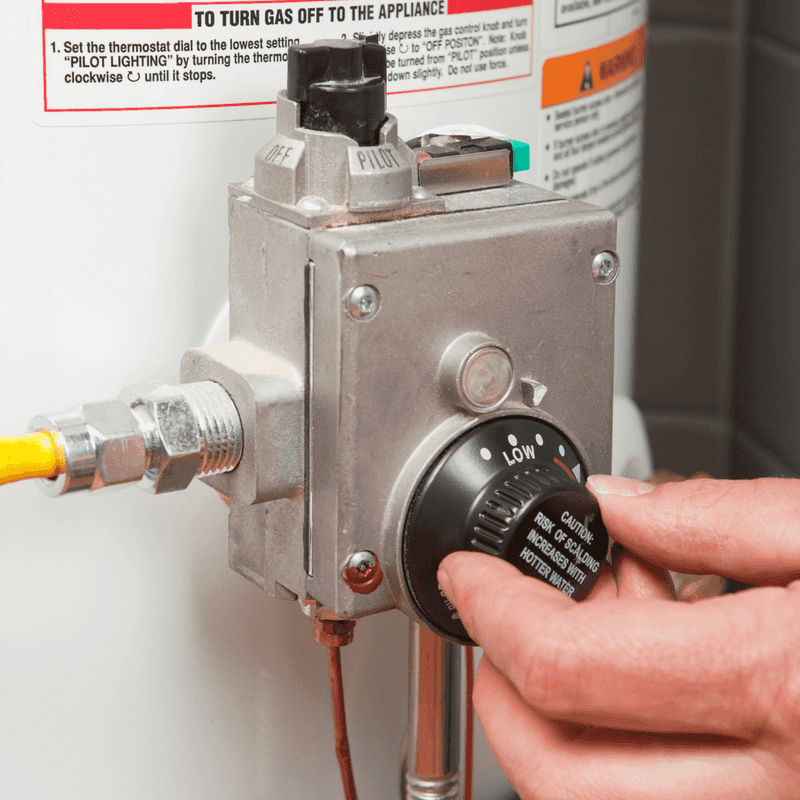
Water heaters are often set too high, leading to excessive energy consumption. Lowering the thermostat on your water heater to 120°F (49°C) can reduce energy usage without sacrificing comfort.
Consider insulating your water heater and pipes to retain heat more effectively. This simple change can result in noticeable savings on your electricity bill. Additionally, opting for shorter showers and using cold water for laundry can further conserve energy, making a meaningful difference in your overall consumption.
11. Overlooking Ceiling Fan Direction

Ceiling fans can aid in maintaining a comfortable temperature, but their direction matters. During the summer, fans should rotate counterclockwise to push cool air down. In the winter, a clockwise rotation helps distribute warm air.
Adjusting the direction seasonally can improve comfort and reduce dependency on heating and cooling systems. Making this small adjustment can lead to energy savings and a more comfortable home environment. It’s a simple yet effective way to optimize energy usage.
12. Heating Unused Rooms
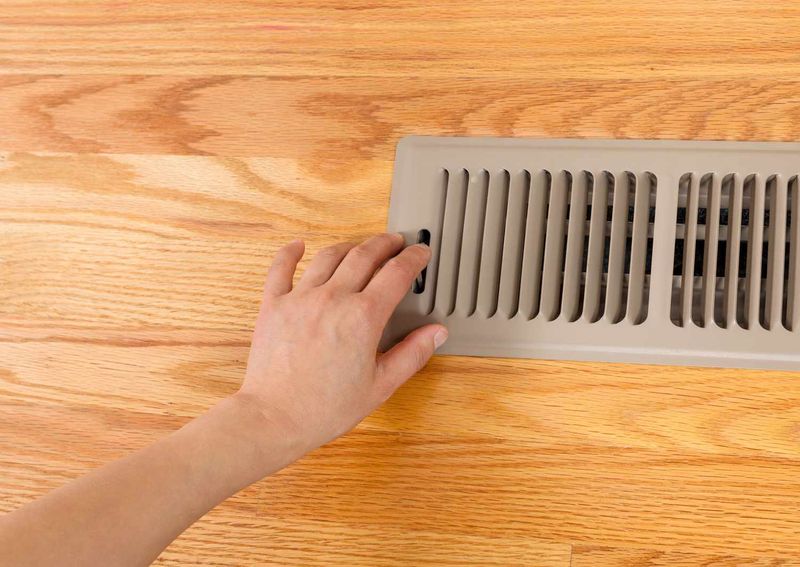
Heating unused rooms is a common yet avoidable energy-wasting habit. Closing vents and doors in unoccupied rooms can prevent unnecessary energy consumption. By focusing heating efforts only on occupied spaces, you can optimize your HVAC system’s efficiency.
Using programmable thermostats allows you to set heating schedules tailored to your routine, ensuring comfort where it’s needed most. This practice not only saves energy but also extends the life of your heating system. It’s a practical approach to managing your electricity bill effectively.

